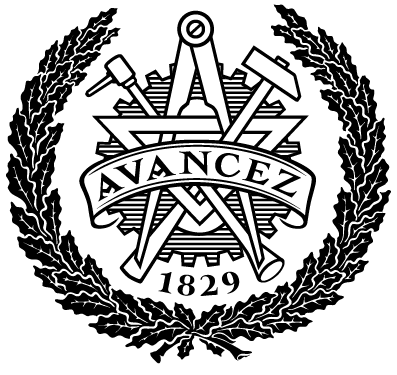Improving Construction Information Flow BIM Versus 2D Drawings
Publicerad
Författare
Typ
Examensarbete för masterexamen
Modellbyggare
Tidskriftstitel
ISSN
Volymtitel
Utgivare
Sammanfattning
In today’s construction industry legal construction documents consist of 2D drawings
and specifications. These documents include all the construction information that are
presented graphically and in text. Construction documents are delivered in separated
pages which are linked to each other through symbols and codes. Large-scale
construction projects are presented in large number of 2D drawings and specification
documents that make it difficult and time consuming to extract necessary information
from them in construction processes. On the other hand, BIM models that are emerged
during past decades, are introducing new ways of representation of construction
information. 3D nature of BIM models along with information windows and different
computational features that they provide, make information take-off and quality control
quicker and more efficient. But there are big obstacles in the way of making BIM
models the main source of information including lack of experience and education and
resistance towards change. In addition, the individual and organizational benefits of
implementing BIM in the construction projects are never evaluated or clarified. This
lack of evaluation along with mentioned obstacles prevent construction industry to
develop further towards becoming a total BIM-based industry. In this research, the
benefits of using BIM models in construction projects are investigated in detail through
literature review, a survey study and a cognitive test. For this matter, a number of 50
professionals from 6 different construction project within a large-scale construction
company are investigated in terms of their cognitive perception in using different
construction documents. Furthermore, a proposal of applying 2D drawings inside the
environment of BIM models is presented and tested on construction professionals. This
proposal introduces 2D drawings as complimentary documents for BIM models and
investigates how BIM models complemented by 2D drawings, can compensate each
other’s shortcomings, optimize information flow in construction projects, provide better
cognitive perception and encourage professionals to use BIM models as the main source of construction information. Through this investigation, it is aimed to facilitate the way of developing towards total BIM-based construction process for the researched
company and following that the construction industry.
Beskrivning
Ämne/nyckelord
Improving construction documents, BIM, building information management, implementing BIM, cognitive perception of construction information, towards BIM-based construction industry, contiguity principle, mental workload
